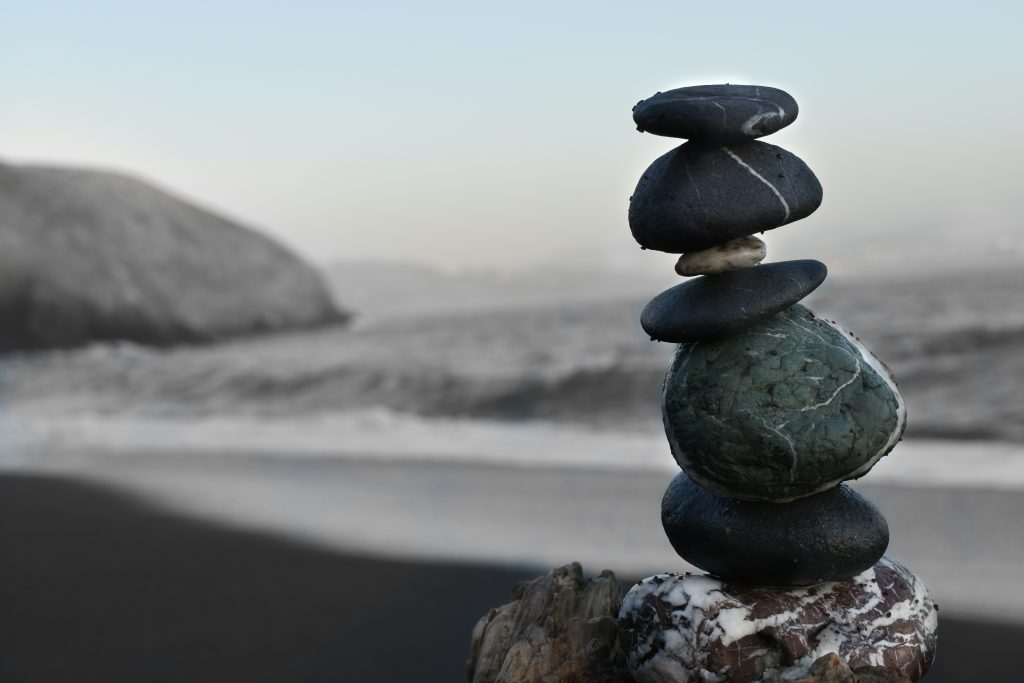primum non nocere: first, do no harm.
A central tenet of the Hippocratic oath
As Tom Bennet OBE wrote on the platform formerly known as Twitter this week, “Even qualified practitioners are bound to ‘do no harm’. But the desire to support children leads many schools to well-meant but potentially damaging mental health ‘interventions’.”
This week I have listened to a quite horrifying piece of investigative journalism by the Financial Times into Goenka mindfulness retreats, at which attendees are encouraged to practise an extreme kind of meditation known as Vipassana. People on the retreat are not allowed to speak and strongly discouraged from leaving for 10 days. They are awakened at 4.00am, deprived of food and taught to meditate for multiple hours per day. Anyone who struggles with the process or becomes confused or distressed is encouraged to keep meditating. For those of you with even the most basic grasp of mental health and wellbeing, it will not come as a massive shock to discover that some people are affected very negatively by this process. I recommend you listen to the podcast but please be aware that it does not shy away from some very difficult material: there are people who have lost their loved ones to this process.
Human beings are social animals. We have evolved to live in groups and we know that extreme social isolation and withdrawal has a very negative effect on mental health and wellbeing in an extremely short time. The dangerous impact of solitary confinement is well-documented and has caused neuroscientists to campaign against its prolonged use in the penal system. Even good old-fashioned and ever-familiar loneliness has been proved to have a significant impact on a person’s health and longevity, never mind their psychological well-being. It should not surprise us in the least to discover that a process which demands people shut themselves off from each other and concentrate entirely and exclusively on the what’s inside their own head carries the risk of a psychotic break.
As part of my studies during my degree in Classics I did a course on the rise of Christianity in the Roman world. I recall reading an account of the life of St Antony by the Bishop Athanasius and being particularly struck by a passage that reports upon his demeanour when leaving a fortress in which he had shut himself for 20 years in order to commune with God and battle his demons. It reads as follows:
“Antony, as from a shrine, came forth initiated in the mysteries and filled with the spirit of God. Then for the first time he was seen outside the fort by those who came to see him. And they, when they saw him, wondered at the sight, for he had the same habit of body as before … but his soul was free from blemish, for it was neither contracted as if by grief, nor relaxed by pleasure, nor possessed by laughter or dejection. For he was not troubled when he beheld the crowd, nor overjoyed at being saluted by so many.”
While I do not wish to mock or offend anyone’s deeply-held beliefs, it seems pretty clear to me that this is a description of someone who has completely detached from other human beings and is suffering from the psychological effects of that process. While the religiously-minded among you may see this as an account of someone in touch with the holy spirit, I see it as an account of someone who is suffering from a psychotic break. Antony is described as being unmoved by and disconnected from the people around him, in possession of a strange kind of detachment. Given that he had spent 20 years in isolation while – in his mind – battling between good and evil, this is not greatly surprising.
During my final few years in mainstream education there was a big push on “mindfulness” for all students. This was what Tom Bennet was referring to in the Tweet I quoted at the start of this blog and I share his concerns about this growing trend. The mental health of young people is a painful and emotive issue and has been brought into sharp relief once again with calls from a grieving mother asking for mindfulness to be rolled out across all state schools (although it is already being promoted and practised in many). As Daniel Bundred wrote on the same platform as Tom a few months ago, “Schools probably shouldn’t do mindfulness, because most teachers are fundamentally unqualified to lead mindfulness, and entirely unequipped to deal with the potential outcomes of it.” As he puts it, “Mindfulness strikes me as being very similar to guided meditation in approach and potentially outcome; how many teachers could handle a student experiencing ego-death in their classroom? Ego-death is a potential outcome of successful meditation, it’s not desirable in tutor time.” Daniel here is referencing exactly the kind of experiences that the young people who underwent a psychotic break at the Goenka retreats have experienced. This is of course the worst-case scenario and while not widespread it is crucially important consider if we are to stick to the concept of “do no harm”; the advocates of the Goenka retreat point to the many people who say that meditation has helped them, as if the handful of attributable deaths are therefore irrelevant. It is essential to remember that teachers (like the volunteers at the Goenka retreats) are not mental health experts; fiddling about with something as potentially profound and intimate as mindfulness or meditation is profundly dangerous and goes way beyond the remit of educators.
Beyond the enormous risk of potential harm to a student who may have experienced past trauma or may simply not be an appropriate candidate for mindfulness for a variety of reasons, there is an increasing amount of evidence indicating that mindfulness in schools does no good for anybody. A recent study revealed no tangible positive outcomes, which places the profund risk of harm to some in an even more alarming context. Why are we doing something with risks attached to it when there are no estimable benefits anyway? Beyond this, why are we demanding that teachers expend their time and energy on something unnproven and valueless?
Tom Bennet is right. As he puts it: “The best way to support children’s mental health in a school environment? Provide a culture that is safe, calm and dignified. With purposeful activities.” In our desperation to support the most vulnerable of children, we must never forget the simple power of providing routine, stability and boundaries for those whose personal and emotional lives may well (for all we know) be dominated by chaos, trauma and distress. The more we acknowledge that some children face the most horrifying of circumstances, the more essential the security of our education system becomes. School and the reassurance that its stability provides is a lifeline for many of our children. This is what we should be providing for them.




